That is sustainable development means the development leading to economic growth, to raising the quality of life and social welfare, without depleting renewable natural resource base on which it is based, or damaging the environment or the right of future generations to use it to satisfy their own needs.
What is Biodiversity or biological diversity means the variability among living organisms from all sources, included, among other things, terrestrial, marine and other aquatic ecosystems and the ecological complexes of which they are part; includes genetic diversity within species, between species and of ecosystems, as a result of natural processes and cultural.
Which are components of biodiversity his: the ecosystem level, the level of communities and species, and genetic level.
Which is conserved in situ means the conservation of ecosystems and natural habitats and the maintenance and recovery of viable populations of species in their natural surroundings and, in the case of domesticated or cultivated species in the surroundings where they have developed their distinctive properties.
That is ex situ conservation means the conservation of components of biological diversity outside their natural habitats.
What is genetic material means any material of plant origin, animal, microbial or other origin containing functional units of heredity.
What are biological resources includes genetic resources, organisms or parts thereof, populations, or any other biotic component of ecosystems of value or real or potential for humanity.
What are genetic resources the potential genetic material of actual value or understood.
What is biotechnology means any technological application that uses biological systems, living organisms, or derivatives thereof, for creating or modifying products or processes for specific uses.
What genetic access means the collection and use of genetic resources
conserved in ex situ and in situ, of their derivatives or, be the
case, of its intangible components, for research, bioprospection, conservation, industrial application or commercial exploitation, inter alia.
Which they are intangible component It means any knowledge, innovation or individual or collective practice, with actual or potential value, associated with the genetic resource, or its derivatives products or the biological resource that contains them, porregímenes protected or intellectual property.
Which it is indigenous community, Afro-Colombian local means the human group whose social, cultural and economic conditions distinguish them from other sectors of the national community, which it is regulated wholly or partially by their own customs or traditions or by special legislation and, whatever their legal status, retains its own social institutions, economic, cultural and political part of them.
Means Quese Biological corridor means a significant proportion of wild areas, natural ecosystems or semi, or restoration areas, that serve to maintain or restore the spatial continuity of biological processes, the ecological evolution, in particular to avoid the negative effects of fragmentation of populations or ecosystems or to correct when they are submitted. Its use can occur in different scales. Of particular importance when designing large geographical areas (across a continent or region), case in which its functions are multiple. They are currently used to maintain or restore the continuity of processes between protected areas, or buffer zones, of passage for animals or for bookings of useful species in areas of forestry, urban or intensive agriculture.
That is zoonosis: are diseases transmitted from animals to humans and vice versa
Such as zoonoses: This may be of bacterial type, Viral and fungal (mushrooms)
that diseases are zoonotic type:
- Rabies
- Toxoplasmosis
- Tuberculosis
- The influence viar
- Dermatomicosis Hepatitis
- Leprosy
- Leptospirosis
- Aspergilosis
- Amebas
- Giardias
- Áscaris Salmonella sp.
- Pseudomonas sp.
- Mycobacteria sp.
- Cryptosporidia sp.
- Rickettsia sp.
What are the duties to animals Everyone is obliged to respect and refrain from causing damage or injury to any animal. Similarly to report any act of cruelty committed by third parties having knowledge.
Other duties which we must consider with animals
a. Maintaining the animal in conditions appropriate locative in mobility, luminosity, aeration, grooming and hygiene;
b. Supply you drink, food in sufficient quantity and quality, as well as medicines and care necessary to ensure their health, welfare and to avoid damage, illness or death;
c. Supply proper shelter from the weather, when the animal species and climatic conditions require.
That is the cruelty to animals It is all aggression to harm an animal or perform any conduct deemed cruel to them
What are the harmful acts against animals
a. Hurt or injure an animal by-blow, burn, cut or stab or gunshot;
b. Cause unnecessary death or serious injury to an animal acting by heinous or trivial reason;
c. Remove, destroy, maul or alter any member, organ or appendage of a living animal, no technical reason mediate, scientific, zooprofiláctica, aesthetic or run out of pity for the same;
d. Unavoidable or necessary cause death to an animal procedures that create suffering or prolong their agony.
Other acts are harmful to animals
Confront animals are undertaken and to make fights and caused a public or private show;
f. Convert to public or private show, abuse, torture or death of animals trained or untrained;
g. Use live animals for training or testing or increased aggressiveness or expertise of other animals;
h. Used for freight service, traction, mounted or show, blind animals, wounded, deformed, sick or unshod on paved road, paved or paved or used for work when for any other reason are not found in Fitness;
i. Using captive animals as target practice, objects likely to cause injury or death with weapons of any kind;
j. Any deprivation of air, light, food, movement, enough space, shelter, hygiene or grooming, in the case of captive animal, confined, household in the, that will cause serious injury or death;
k. Peeling or plucking live animals or deliver them to feed other;
l. You leave poisonous or harmful substances in places accessible to different animals from those which specifically aims to combat;
m. Reload this work to an animal to the point that as a result of excessive or exceeds its capacity or endurance effort will cause exhaustion, manifest exhaustion and death;
n. Use camouflage nets to catch birds and use explosives or poisons fish. The use of camouflage nets to catch birds will be permitted only for scientific purposes, zooprofilácticos or veterinary and approval of the managing entity of natural resources;
the. Poison or poison an animal, using for it any poisonous substance, toxic, liquid character, solid or gaseous, volatile, mineral or organic;
p. Live bury an animal;
q. Contain one or more animals under conditions that will produce asphyxia;
r. Drown an animal;
s. Ask Scalpel, needle or other means likely to cause harm or suffering practices
manual dexterity with live animals or vivisection purposes that are not scientifically provable and in places or persons not duly authorized
for this;
t. Numb stimulate an animal or chemical means, physical or surgical, for competitive purposes, display or use in public or private show and generally apply drugs without pursuing therapeutic purposes;
in. Use live or dead animals in the development of cinematographic or audiovisual scenes intended for public or private display, where injury or death is caused to an animal susceptible cruel or procedures to promote cruelty against them;
in. Leave foundling or leave their fate to a domestic or domesticated animal state of old age, disease, disability or inability to procure subsistence;
in. Experiments with live animals of higher degree in the zoological scale the essential,according to the nature of experience; and. Killing of pregnant animals, when such status is evident in the animal, unless it is legally established industries that sink in exploiting the unborn;
from. trample hurt or kill an animal intentionally or simple perversity.
As animals should tranportar The conveyance or transfer of animals, forces who takes him to use methods that do not involve cruelty, abuse, extreme fatigue or lack of rest, Drink and food for them.
That's Wildlife: Set of animals that have not undergone domestication, breeding or rearing and regulate release or who have returned to the wild.
That is Fauna Amanzada: They are individuals who have suffered wildlife process of humanization, conditioned behaviors and reactions manipulated by those who hold them captive. This fauna is decomisable.
Pets are: No wild animals raised under the dependence of man.
That is epidemiological risk; risk of introducing new diseases to wild populations, as: toxic and infectious diseases
That is hunting: Understood by hunting any act aimed at the capture of wild animals, either by killing them, o mutilándolos Atrapan quick schemes, and the collection of its products.
Who are hunting activities: Hunting activities are breeding, capture, transformation, prosecution, transportation and marketing of species and wildlife products.
As classifies hunting:
- Subsistence
- Commercial
- Sports
- De control
- Building
That is subsistence hunting: It is the nonprofit is exclusively intended to provide food to those who run and family;
That is commercial whaling: is that which is performed by persons or legal natura them for profit;
That is sport hunting: is that which is done as recreation and exer finan-, no other purpose than its realization itself;
What is the scientific whaling: It is practiced only for research or studies within the country;
That is hunting control: which is done with the purpose of regulating the population of a species when circumstances so require social order, economic or ecological;
That is hunting for promotion: It is what is done with the sole purpose of acquiring pro copies for establishing zoocriaderos or hunting.
What is a land fauna: Understood for faunal territory which gives alin reserves and conservation purposes, research and management of wildlife for exhibition.
And thats a zoocriadero: is the area of public or private property which is intended for maintenance, development and exploitation is species of wildlife for scientific purposes, Business, industrial or stocking.
What It is a game reserve area: It is the area alinda reserves and conservation purposes, research and management, to promote hunting spe cies where hunting may be permitted subject to special regulations.
That sand means hunting: is the area for the mainte nance, development and exploitation of species of wildflower wildlife tre for sport hunting.
That means hunting ban: is the temporary ban on hunting individuals of a particular species in a region.
What are the processes that affect wildlife
- Colonization
- The indiscriminate extraction of wildlife
- Improper use of biodiversity
- Reduction in habitat and fragmentation of forests
- Pollution and declining water resources
- The introduction of exotic species

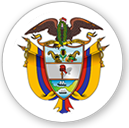





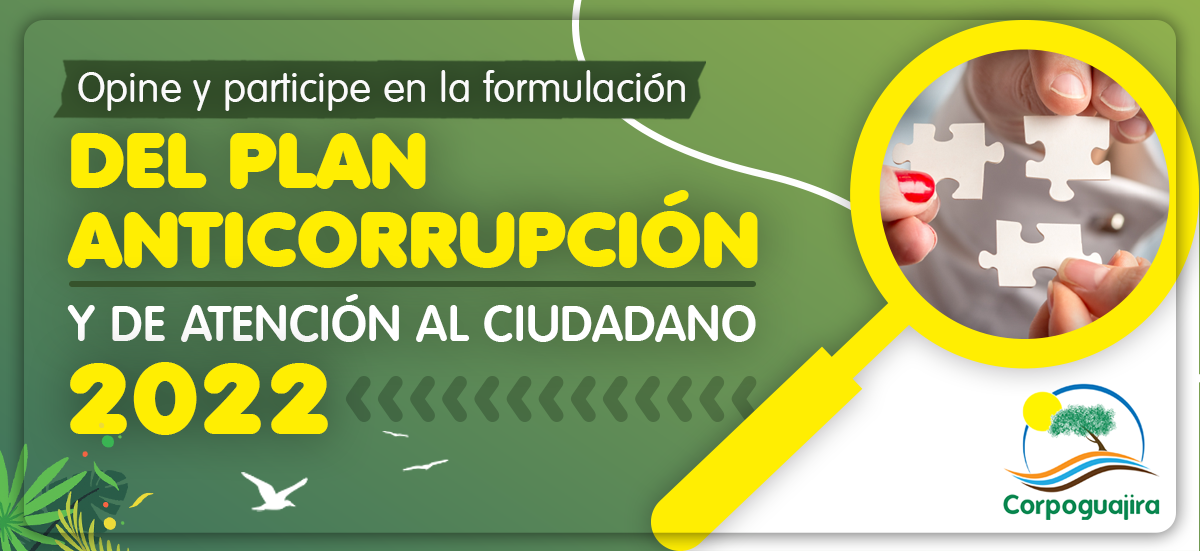
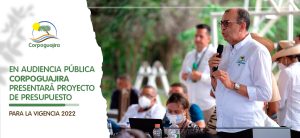







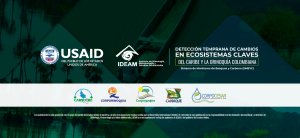










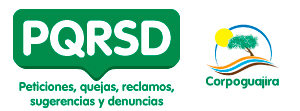
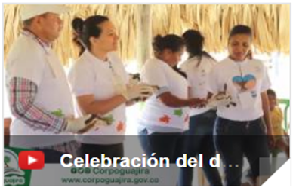



Leave a reply
I am sorry, you should be connected to post a comment.